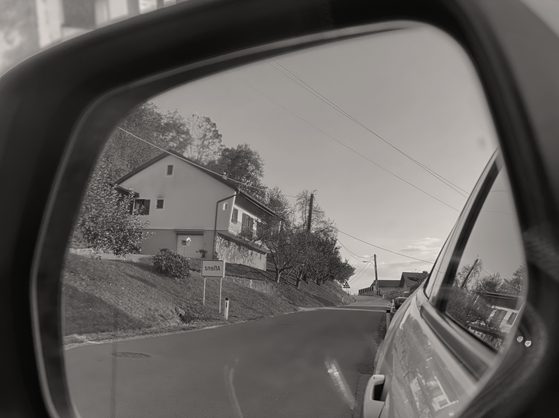In this semester's Design of Specialized Topics at the IZK titled Tracing Aflenz. A Topography of Procedures, our aim is to unpack the construction of nature as landscape and understand how our contemporary environment is produced through concepts of property and nature - two crucial terms with a long history in the formation of capitalism. Departing from maps, and laws students will learn to read landscapes as topographies of procedures. These topographies of procedures manifest spatial politics and legal frameworks informed by ideological and cultural conditions, and create the worlds we live in. In short, as ink sinks into paper, as digital pixels assemble on screen, space aligns with it, and we are going to follow how and why it does based on the traces these processes create.
As a departure point of this course, the site of Aflenz an der Sulm, a small peri-urban town in Southern Styria, and the site of a former WWII labour and concentration camp of which almost nothing immediately visible remains, will work as a case study. From this point, students will be introduced to theories and positions on property and economy, cartography and mapping, soil and agriculture, and question how these are practices of violence and exploitation for the creation of value and the building of worlds.
Students will explore notions of essay and documentary film, engage mapping and drawing, work with practices of (media-)archeology and think with Black Studies. Within the wider area of the site, current discourses on property and soil will be brought into relation with concrete histories and materialities of imperialism and fascism within an Austrian and wider European context. Within the course, students will learn about and work on art- and architecture-based research and methodologies, and ultimately formulate and develop their own research cases from the theoretical and practical framework encountered in the course.
We will read together, watch films, discuss works and practices, go on excursions to exhibitions and archives, do field work, assemble traces and look for the students' own (artistic and architectural) positions through research. So this is a course about property, spatial planning, the rural and its relation to nature within the case study of Aflenz an der Sulm, and its contexts. And it is an introduction to art- and architecture based research and praxis.
earth works
thick brown mud
clinging pulling
a body down
heard wounded earth cry
bequeath to me
the hoe the hope
ancestral rights
to turn the ground over
to shovel and sift
until history
rewritten resurrected
returns to its rightful owners
a past to claim
yet another stone lifted to
throw against the enemy
making way for new endings
random seeds
spreading over the hillside
wild roses
come by fierce wind and hard rain
unleashed furies
here in this touched wood
a dirge a lamentation
for earth to live again
earth that is all at once a grave
a resting place a bed of new beginnings
avalanche of splendor
Appalachian Elegy, stanza 4, by bell hooks
